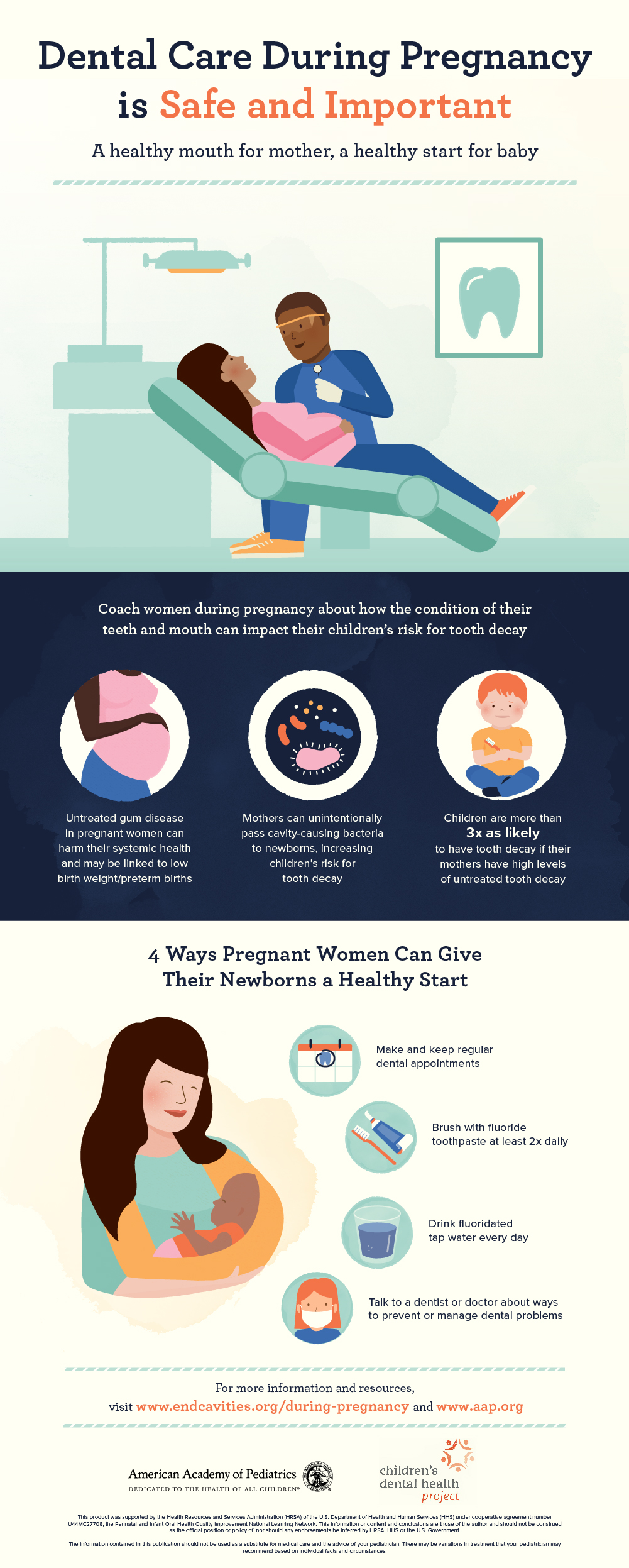Remain All Set For Unexpected Oral Emergency Situations By Having The Ability To Identify The Signs Of Trauma And Understanding When It Is Required To Look For Urgent Clinical Support
Remain All Set For Unexpected Oral Emergency Situations By Having The Ability To Identify The Signs Of Trauma And Understanding When It Is Required To Look For Urgent Clinical Support
Blog Article
Write-Up Created By-Kang Albright
If you feel an abrupt shock of discomfort or observe a tooth injury, it can be upsetting. Yet exactly how do you determine if it's an oral emergency that needs prompt focus? Understanding the crucial signs and understanding when to seek assistance can make all the distinction in maintaining your dental health and wellness. Knowing when to act quickly can imply the difference between a quick fix and much more considerable therapy.
Common Types of Dental Injury
What're the usual sorts of oral trauma that you should know?
dentist near me near me can occur, resulting in numerous kinds of dental injuries. One usual kind of dental injury is a split tooth. This can happen from biting down on something difficult or experiencing a blow to the face.
One more type is a broken tooth, where a part of the tooth can chip off. Furthermore, you might experience a knocked-out tooth, which can take place during sports or drops. It's essential to handle the tooth carefully and seek prompt dental attention.
Dental trauma can additionally include a tooth that has been pushed out of placement or loosened because of an injury. This kind of injury requires timely treatment to save the tooth.
Finally, soft tissue injuries in the mouth, such as cuts, can also happen from mishaps. Finding out about these usual types of dental injury can help you act swiftly and suitably in case of an emergency situation.
Signs of Dental Emergency Situations
Identifying the indicators of dental emergency situations is critical for prompt activity and appropriate therapy. If you experience extreme tooth discomfort that's constant and throbbing, it could show an underlying problem that requires prompt focus.
Swelling in the gums, face, or jaw can additionally suggest a dental emergency, especially if it's accompanied by discomfort or fever. Any type of kind of injury to the mouth causing a split, damaged, or knocked-out tooth should be dealt with as an emergency situation to prevent more damages and prospective infection.
Hemorrhaging from the mouth that doesn't stop after using pressure for a couple of minutes is an additional red flag that you should seek emergency situation dental care. Furthermore, if you see any indicators of infection such as pus, a nasty taste in your mouth, or a high temperature, it's vital to see a dental professional as soon as possible.
Ignoring these indications could bring about much more significant issues, so it's crucial to act swiftly when faced with a possible dental emergency.
Importance of Immediate Treatment
Trigger action and immediate treatment are critical in addressing dental emergency situations to prevent further problems and ensure optimum outcomes for your dental wellness.
When faced with an oral emergency, such as a knocked-out tooth or serious toothache, seeking immediate therapy can make a significant difference in conserving your tooth and alleviating discomfort. Postponing treatment can result in infection, raised pain, and even long-term damages to your teeth and periodontals.
By seeking https://www.globenewswire.com/en/news-release/2023/01/19/2591459/0/en/Dental-Implants-Market-to-hit-USD-9-5-Billion-by-2032-says-Global-Market-Insights-Inc.html , you enhance the possibilities of effective treatment and repair. Dentists have the necessary skills and equipment to deal with emergency situations efficiently, reducing the threat of long-lasting effects.
Additionally, instant treatment can assist handle discomfort and pain, allowing you to resume your day-to-day tasks without distraction.
Final thought
To conclude, understanding dental trauma and understanding when to look for first aid is critical for preserving oral wellness.
By identifying typical kinds of dental injuries and the indications of dental emergencies, you can ensure timely like avoid further damages and complications.
Remember, looking for prompt treatment can save teeth, lower discomfort, and boost the chances of successful recovery.
Do not think twice to seek aid from an oral professional if you experience any type of indications of dental trauma.
